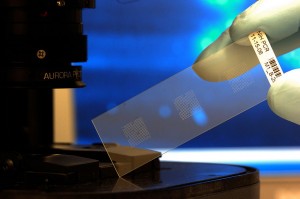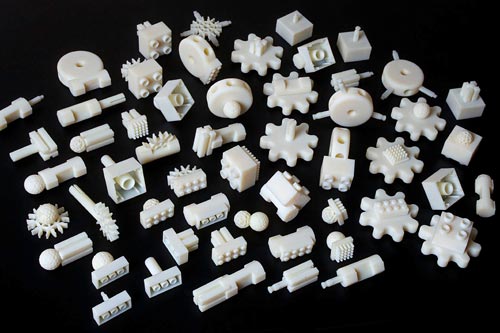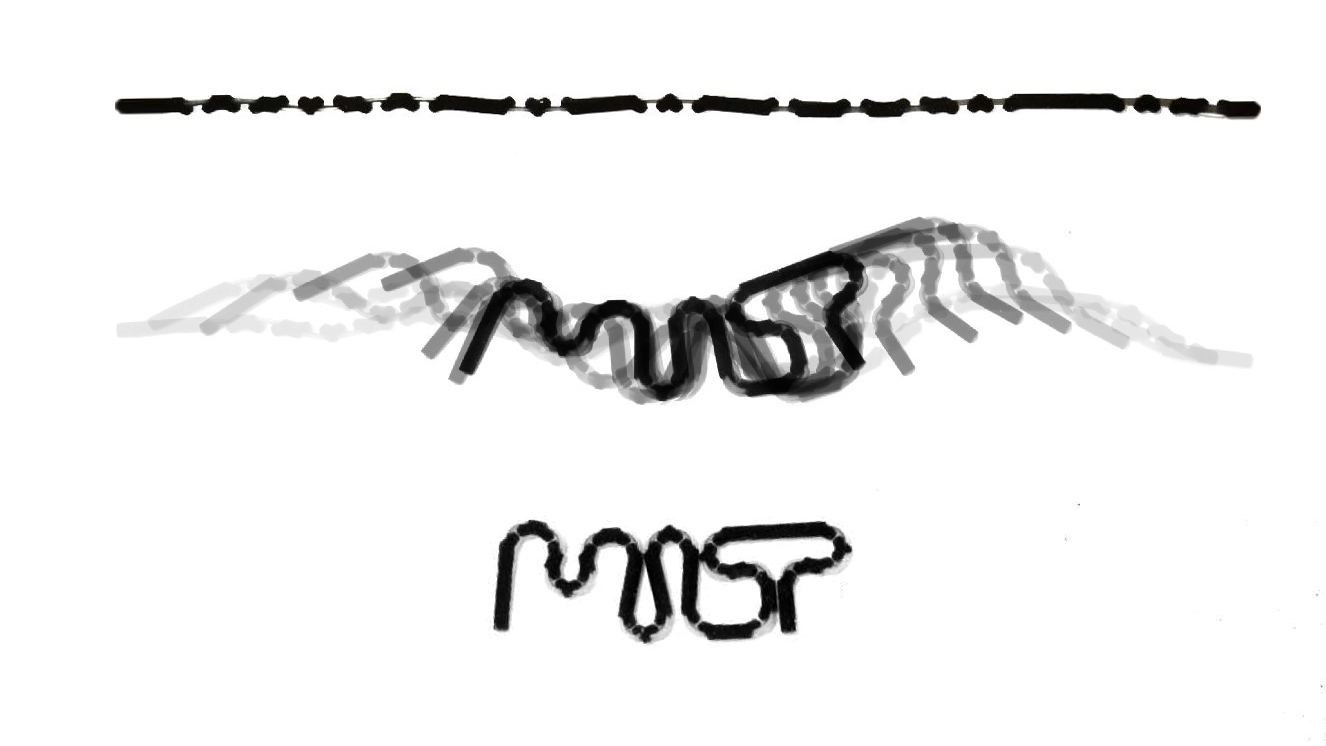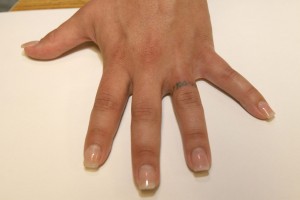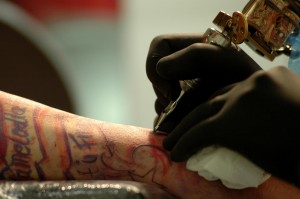Humans and dogs have had long-lasting relationships since cavemen existed. Because of these long-lasting relationships, dogs are probably one of the most domesticated species and it shouldn’t be a surprise that they are able to distinguish between different human emotions.
When exposed to photographs of human facial expressions, adult dogs were able to recognize different emotions. Dogs’ reactions to facial expressions were evaluated compared to a neutral expression photograph. When joy was displayed, both adult dogs and puppies reacted more to the expression, as compared to the neutral photograph. However, only adult dogs reacted to anger, avoiding the photograph, and to fear, paying more attention to it. This research suggests that emotions that are more difficult to interpret, like anger, may take dogs longer periods of time to recognize.

Happiness: Flickr Commons (Nithi Anand)

Anger: Flickr Commons (englishme community)

Fear: Flickr Commons (Portland Center Stage)
You may be wondering, are dogs better able to recognize their owners’ emotions? In fact, dogs are able to distinguish emotions just as well for strangers of the same sex as their owner. For example, when shown photographs of their owners’ smiling face versus the owners’ blank face, the dogs selected, using their noses, the owners’ smiling face significantly more often. The results were the same for a stranger of the same sex as the owner. It isn’t clear why the results weren’t similar for those of the opposite sex, but it may be because of facial feature differences between genders. Although gender had an impact, the portion of the face displayed didn’t seem to impact recognition. Dogs were able to recognize emotions even when only the eyes were displayed.

Happiness: Flickr Commons (Shannon Phillips)

Anger: Flickr Commons (maidin_rua)

Fear: Flickr Commons (Leonardo Moyano)
Humans’ emotions are not only presented through visual cues (facial expressions) they are also displayed through verbal and behavioral cues. When all these aspects of emotional display were considered and dogs were asked to retrieve objects in a recent study, the dogs still demonstrated that they recognized emotion. Dogs were given a choice between two objects, one their owner acted disgusted towards and another their owner acted happily towards. Regardless of their interest when they approached the two different objects, dogs retrieved the object their owner displayed more positive emotions towards.
How can dogs interpret emotions? Researchers have done MRI scans on dogs and found that dogs’ brains actually function similarly when processing human emotions. The following video, by Reuters, briefly summarizes this research.

My first thought before I read about dogs recognizing human emotions was, “that explains why they get sad when the owners do and why they seem to comfort the sad owner.” However, the current research contains nothing related to sadness, so can we say that dogs could potentially recognize all human emotions? Maybe more research needs to be done to make such a bold statement.
– Surekha Gangar




































